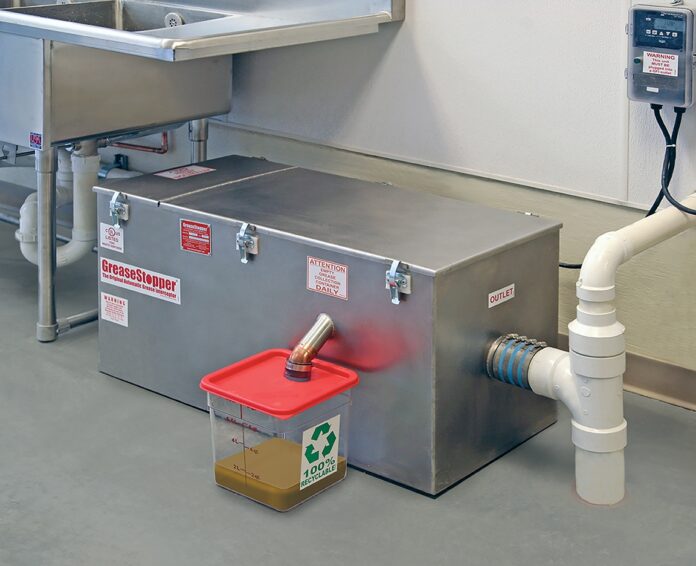A grease trap is one of the most necessary yet one of the least often utilized household appliances. Most people will have you believe that you don’t have the need for a grease trap, but unless you’re eating raw veggies day in and day out or you never prepare food for yourself – that’s just not true. So, if you don’t have one – you should probably get it.
However, since you are already reading this article – you probably already own this fat-catcher, and you want to know what you need to do to keep it working perfectly for years to come.
Well, you probably know this already, but it doesn’t hurt to say – you came to the right spot!
Today, we’re going to teach you all about maintaining residential grease traps – what it takes, what to and not to do, and quite a few other things. Let’s begin!
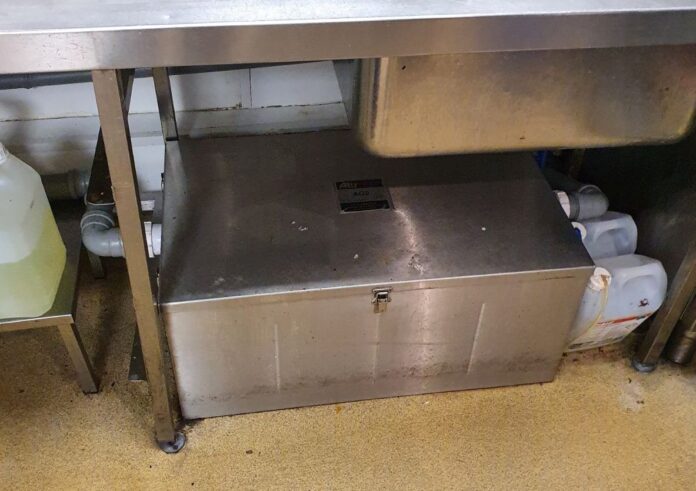
Have It Properly Installed
Even though residential grease traps are far easier to install than commercial ones, it is still advisable to leave this chore to the pros.
According to greasetrapdenver.com, making sure that the device is installed correctly will be the stepping stone to the easy maintenance and longevity of your fat-catching contraption. Without it, everything else is kind of pointless.
Now, we’re not saying that you can’t DIY this job because you certainly can. However, unless you’ve done it before or you have experience in this area – we really wouldn’t suggest you do it.
Before we began writing this article, we talked to our friends over at greasetrapdenver.com, and they have informed us that they commonly have to reinstall the traps and that improper installation is the number one cause for faulty grease traps. So, be wise. Do it the right way.
Don’t Pour Everything Down The Drain
Sure, a grease trap is there to trap all those fats and oils you pour down the drain, but then again, that is not the reason for you to just keep drenching your sink in greasy fluids.
Instead, try and dispose of the majority of the liquid waste in some other way. Even then, some of the FOGs (fats, oils and grease) will end up down the drain. But that’s fine. The point of this is to lower the load on the grease trap and make work as little as possible, not make it obsolete. It’s all about prevention.
Make it work less, and it’ll work better and longer. That’s the universal law.
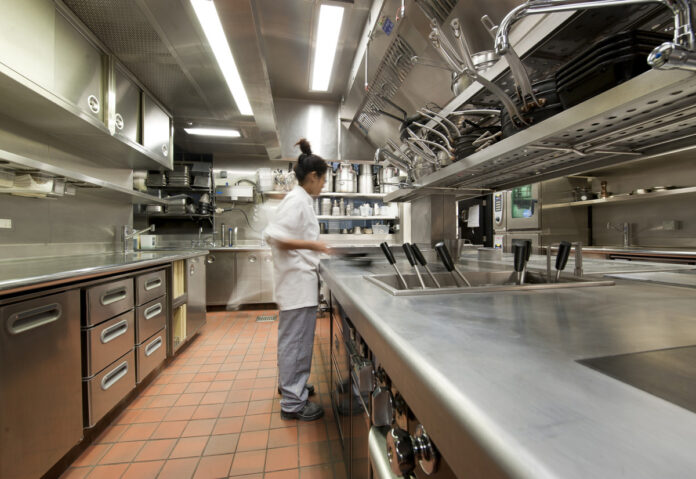
Scrape Your Pots, Pans, And Plates
Would you look at that? Another prevention tip. As you’re about to see, prevention is key to grease trap maintenance, and scraping your pots, pans, and plates before washing them is one of the easiest yet most effective things you could do.
So, instead of just tossing your dirty dishes into the sink after you’re done with them, try and spend additional fifteen seconds scraping the leftovers from your plate into a trashcan.
The same thing applies to pots, pans, utensils, and others. Scrape the leftover food and toss it into the trash, pour the FOGs into a separate disposal unit (you could literally use a bucket), and your grease trap will thank you.
Always Use Sink Screens
We promise – no more prevention tips after this one! All jokes aside, one of the more effective ways to keep your kitchen-sink clog-free, whether you have a grease trap or not, is by using sink screens. Naturally, this will help keep your trap in good condition, too.
Basically, a sink screen will capture all the smaller bits and pieces you couldn’t have scrapped of all by yourself. It’s that simple.
Whether it’s food or leftover grease, the sink screen should be able to separate it from the water, allowing your grease trap to more efficiently filter out the grease from the water. But also, it’ll allow it to filter as little as possible.
Basically, it’s all about several lines of defence until the greasy water starts going down the drain.
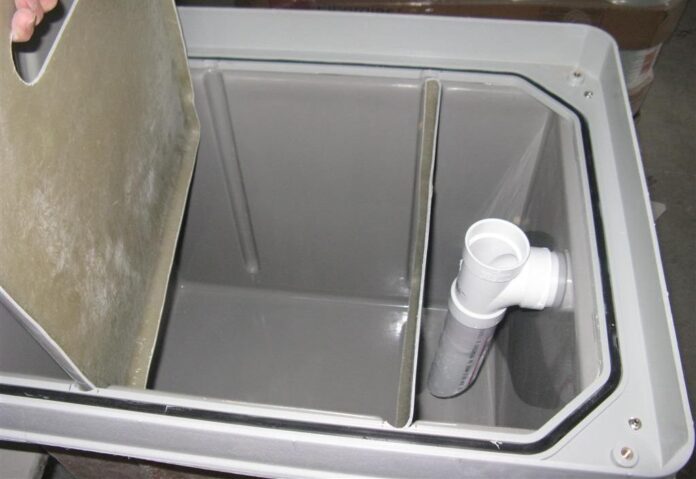
Clean And Empty It Regularly
Now it’s time for us to get our hands dirty. As you know, grease traps work by separating clean water from FOG waste, keeping the waste inside of it and allowing the “clean” water to drain into the sewer. Some GTs have experimented with some fat-eating bacteria that could eat away the fatty waste right from the container, but those are still far from becoming mainstream or even efficient enough. Anyway, since the FOGs aren’t going to the sewers, they are kept inside of a container, either nearby or right there as a part of the trap.
Naturally, those containers need cleaning and emptying every once in a while. Now, there’s no universal schedule as to how often you should do this, but it is recommended that you check the trap every so often, and once it’s about a quarter-full – clean it.
Generally speaking, you will probably do this every two to three months, but it all depends on what you’re cooking and what you’re pouring down the drain. If you’re responsible and are following our previous tips, this should be more than effective, preventing spills and other mishaps and keeping the machine going for a long time.
Schedule Regular Maintenance From Professionals
Finally, if you really want to stay on top of things, you’ll want to schedule regular maintenance for your grease trap.
How often you’ll have to do this really depends on the exact trap you have, but also the treatment it receives. Generally speaking, once or maybe twice a year should be more than enough to keep your fat-cathing contraption from breaking and wreaking havoc in your kitchen.
It goes without saying, but these check-ups and regular maintenance should be performed by professionals. After all, they’re the ones that know all about these devices and are the ones that will spot a problem in its inception and prevent it from turning into a big one.
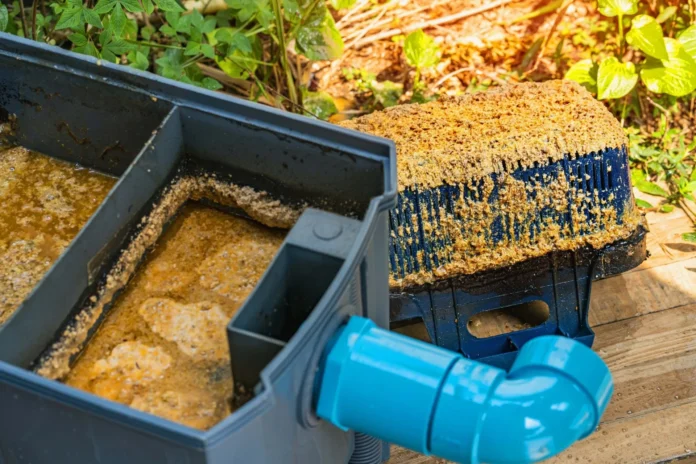
Conclusion
As you can see, it really doesn’t take much to maintain a grease trap. All that is required of you is a bit of responsibility and a few bucks every year to keep this contraption working like a – pun alert – well-oiled machine.

